By William E. Welsh
The defenders of Vicksburg, clad in tattered uniforms, stood drenched in sweat at their posts on the morning of May 22, 1863. Three days earlier, thousands of Yankees had unsuccessfully stormed a key redan on the northeast corner of the city’s defenses, and the Confederates braced themselves each day after for another possible attack.
Federal ironclads and mortar barges had been shelling the city around-the-clock, and at daybreak they were joined by 200 guns belonging to Maj. Gen. Ulysses S. Grant’s Army of the Tennessee. With pick and shovel, the grimy Rebels had done their best to strengthen their works over the past few days. Grant’s heavy guns undid much of that, splintering breastworks, collapsing roofs of bombproofs, and sending dirt and debris flying in all directions.
Advance At 10:00 AM
On this warm day another attack would come. It would be one that would dwarf the previous attack. At 10 AM, long ranks of blue-uniformed infantry emerged from the woods east of the city and advanced toward its towering defenses. They marched past the blackened remains of charred houses the Confederates had burned to the ground and stumps of trees they had felled to give unimpeded fields of fire. Suddenly, the Yankees ran forward yelling and shouting.
Some of the Yankees carried 20-foot ladders they hoped would enable them to get into the Rebel works. When they approached within a certain distance, yellow and orange flames leaped out from under the head logs of Rebel works. Rebel bullets struck in front of the Yankees, flew above them, and hit home with a dull, but ominous, thud.
The result in most sectors was the same as three days earlier. The bluecoats who survived the withering fire from the Confederate works found themselves trapped in trenches at the base of the works unable to go forward or backwards. But a glimmer of hope, a seed of victory perhaps, occurred in one sector. Grant received the following message from XVII Corps commander Maj. Gen. James B. McPherson: “[We have] part possession of two forts, and the stars and stripes are floating over them.” Grant scoffed in disbelief. He wanted confirmation.
“Railroad Redoubt”
To their credit, McPherson’s men had fought furiously to try to pierce the city’s defenses near where the Southern Railroad approached the city from the east. Just north of the railroad, five Yankee regiments assaulted the Second Texas Lunette, which was stoutly defended by Colonel Ashbel Smith’s hardy Texans. Directly south of the railroad, McPherson’s troops managed to plant banners on the outer works of the aptly named Railroad Redoubt, but a vicious counterattack by another Texas unit, Colonel Thomas Waul’s Texas Legion, drove them back, removing the banners in the process.
After four hours of bloody combat, the bodies of brave Union soldiers thickly carpeted a 200-yard swath of ground east of the Second Texas Lunette. Grant was mad at McPherson, and mad at himself. He’d lost about 1,000 men on May 19, and he lost another 3,000 that day. He resolved to tighten the siege until Lt. Gen. John Pemberton and his valiant Confederates decided to relinquish the hostile city. But he would not launch any more costly frontal assaults.
Visiting Vicksburg National Military Park
The Second Texas Lunette is one of 15 stops on the 16-mile, self-guided auto tour through Vicksburg National Military Park, which is administered by the National Park Service. Along the route, red metal signs pertain to Confederate positions, and blue metal signs mark Union positions.
The park, which was established in 1899, includes most of the primary siege and defense lines of Confederate and Union forces.
The Vicksburg battlefield visitor center is located on Clay Street (U.S. 80), which can be reached from Interstate 20 by taking Exit 4. The visitor center is situated along the historically important Southern Railroad corridor into the city. Many of the sites along the tour route make excellent photographic subjects, including the Shirley House, Illinois Memorial, and Pemberton’s headquarters.
Ironically, Pemberton surrendered Vicksburg to Grant’s much larger army on July 4, 1863. Fortunately for them, the Rebel troops were paroled. Grant agreed to this simply because he could not encumber his army with processing and transporting thousands of captured Confederates to northern prisons.
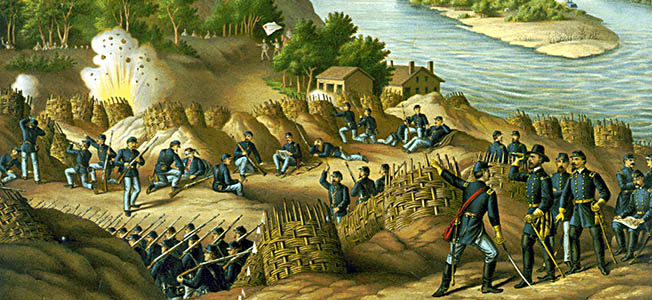
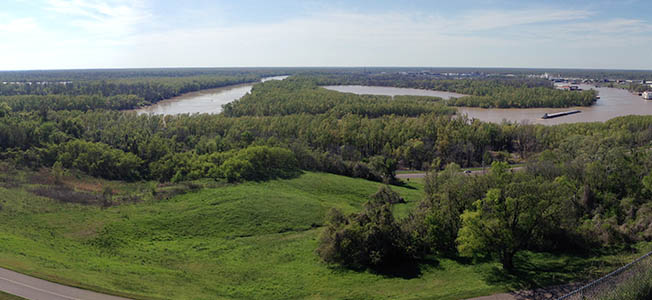
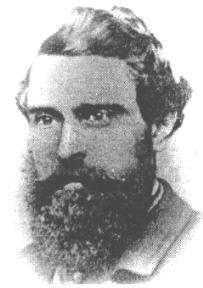
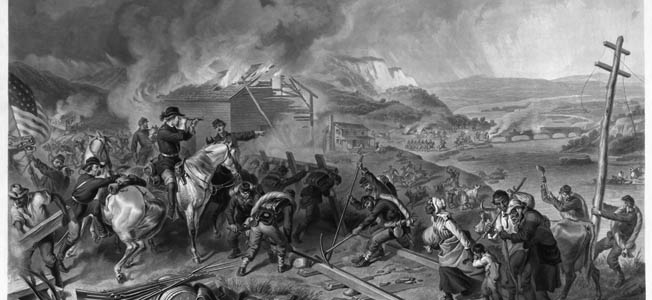
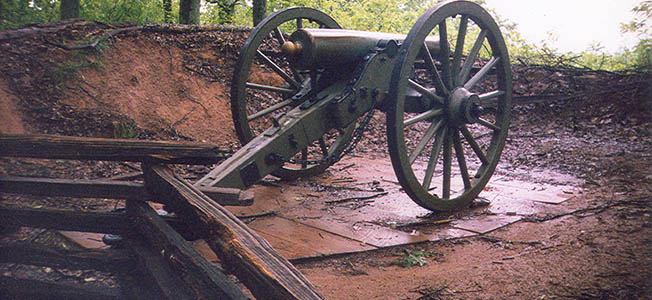
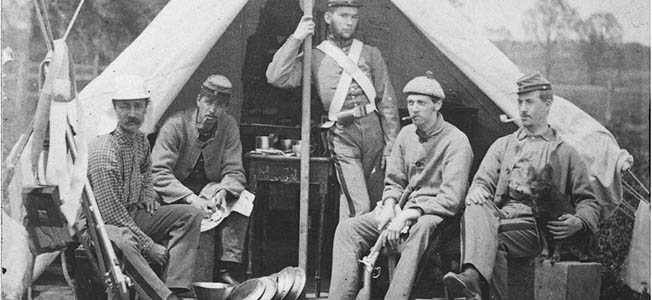
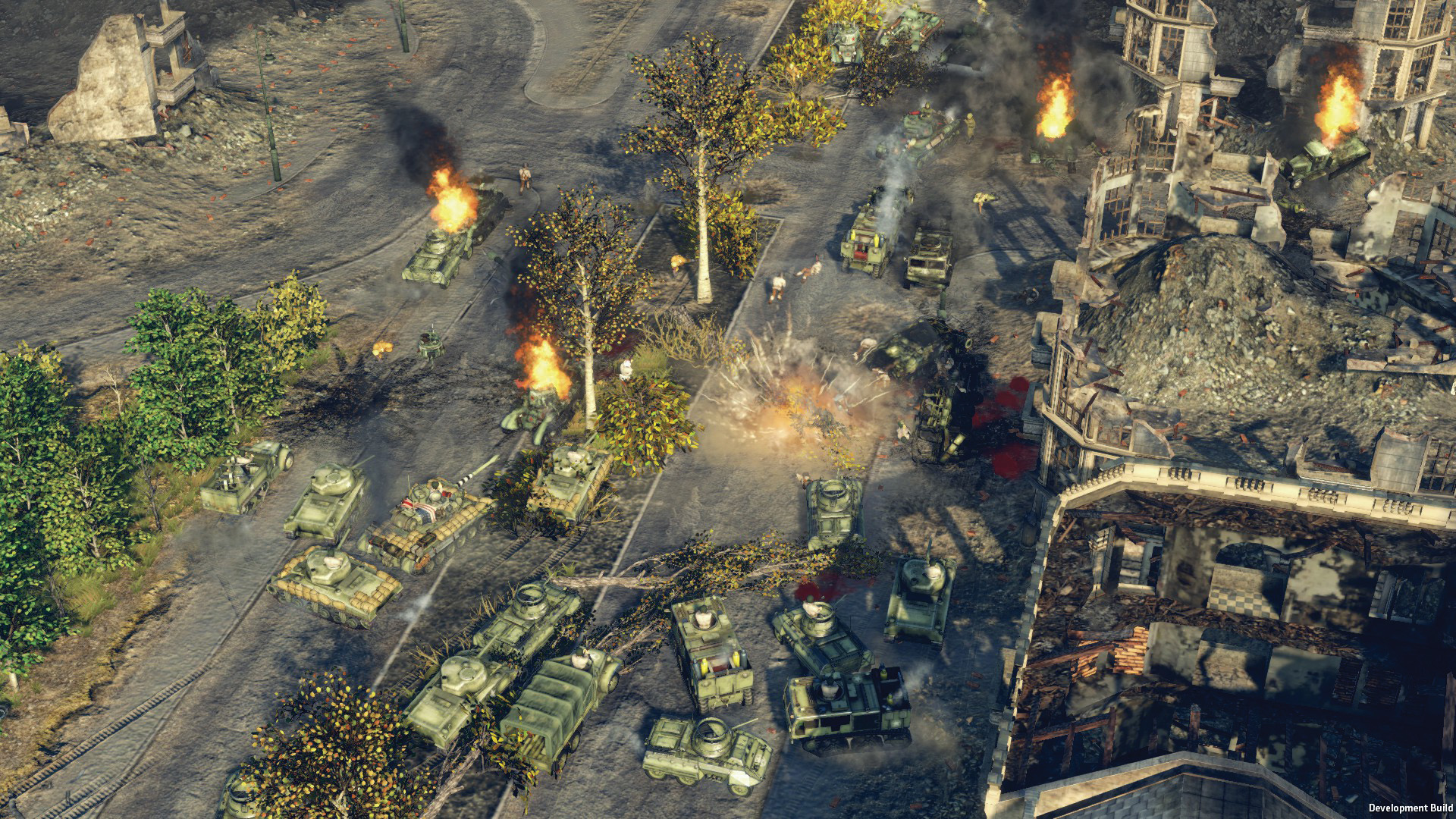
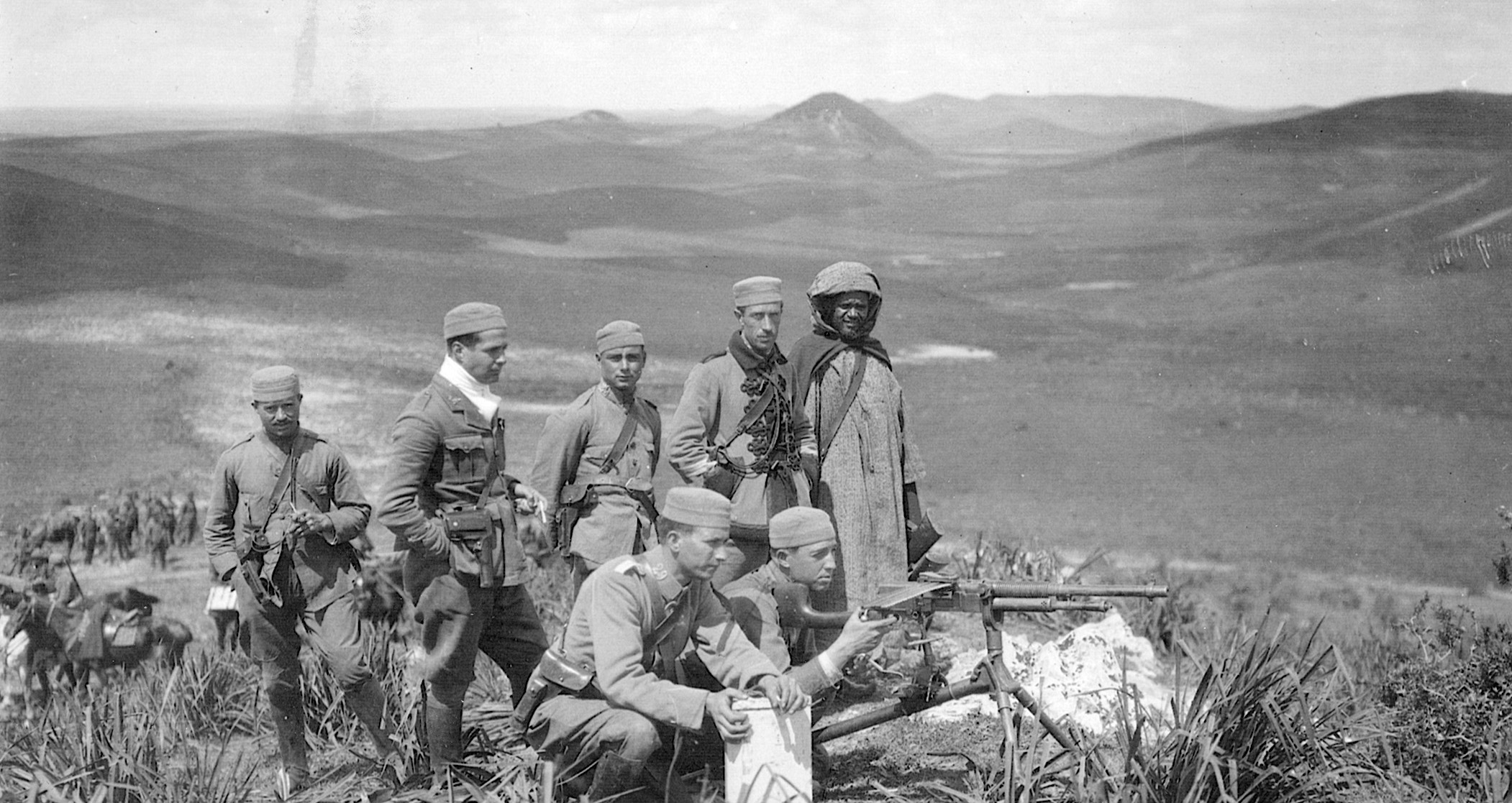
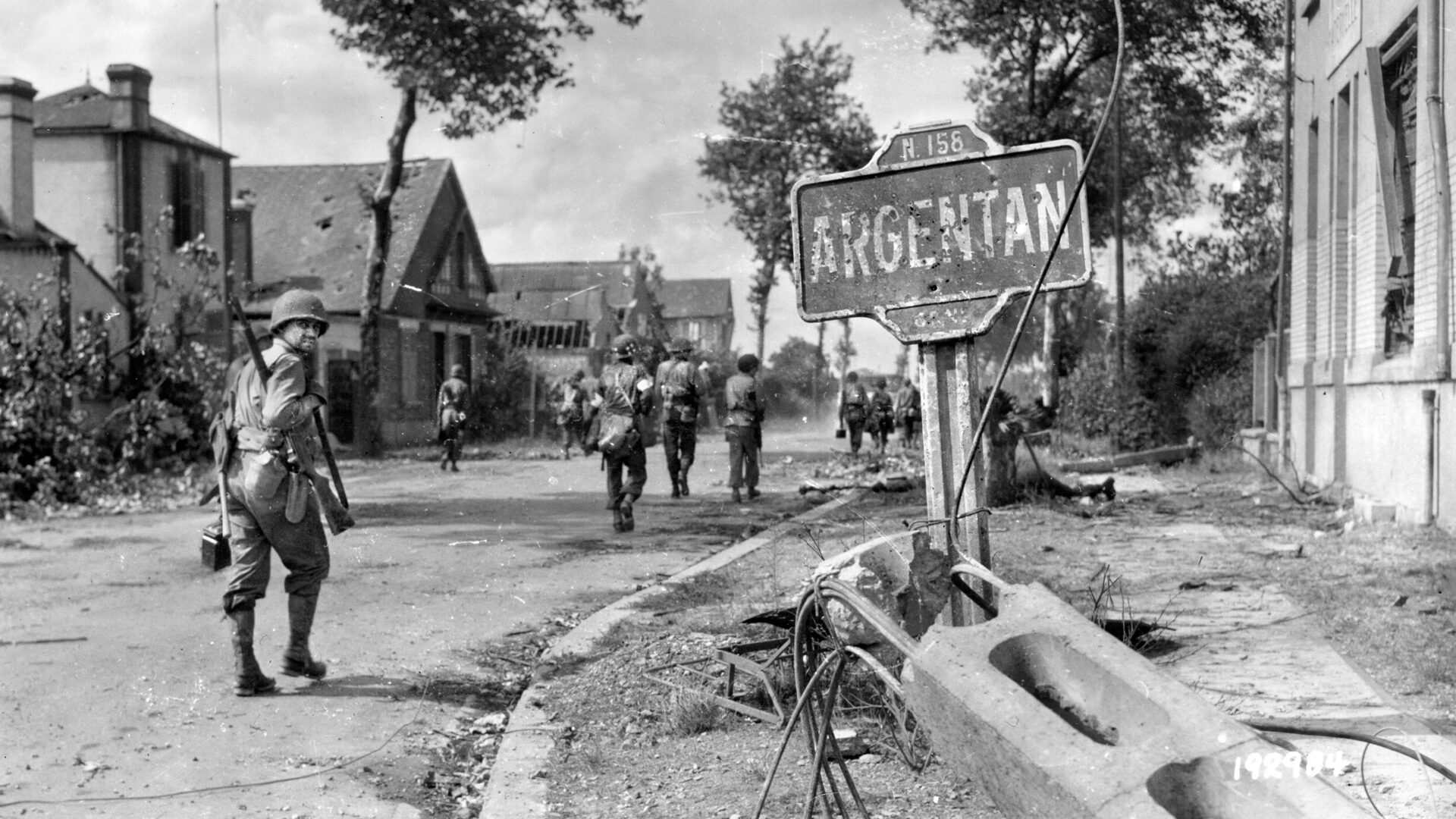
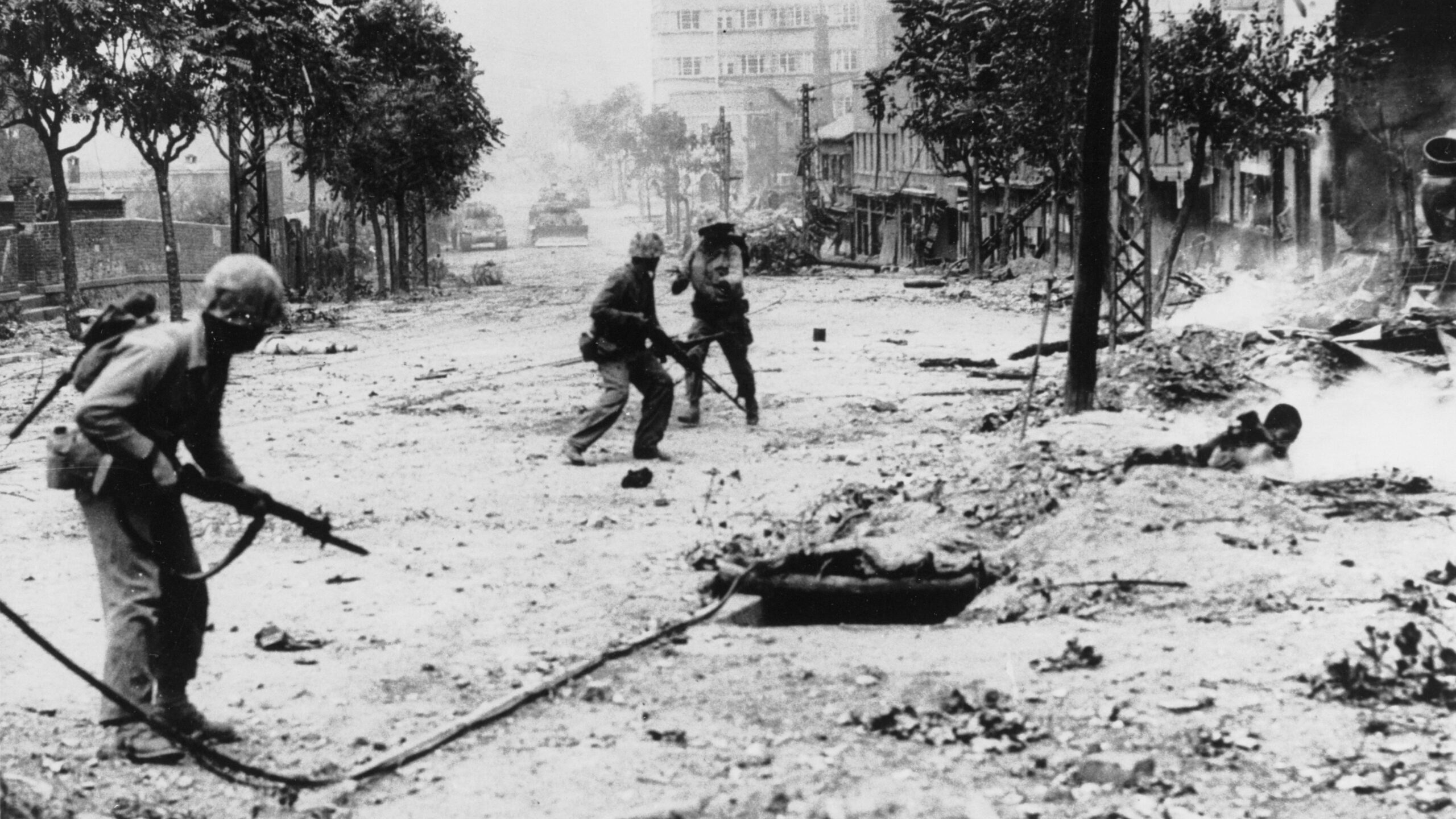
Not much of an article. Nothing about the hardships the Confederate Army and Civilians faced, nothing much about the whole battle at all.
I expected allot more by the title.
For more on Vicksburg, try this story:
https://warfarehistorynetwork.com/2019/01/17/bold-gamble-at-vicksburg/
Or perhaps this one:
https://warfarehistorynetwork.com/2016/09/27/sealing-vicksburgs-fate/